What’s better than being able to carry a pet in your purse? Being able to carry your pet in your pocket! Rodents are often called “pocket pets” because they’re cute enough to be companions but small enough to fit in a shirt pocket. Soft and adorable, rodents make up about 40% of the mammal population and are found all over the world. When choosing an emotional support animal (ESA), the word “rodent” probably doesn’t come to mind. However, their presence can very well help individuals with emotional disorders to overcome hard times.
If you feel a rodent can help you cope with emotional distress or mental health issues, this article will help you narrow down which pocket animal is suitable as an emotional support animal. We’ll also discuss what ESAs are and how tele-health services can help you qualify for an ESA letter without leaving your home.
If you are ready to connect online with a licensed health professional for an ESA letter, click on the link above to get started.
Top Five Emotional Support Rodents
If you’re looking for an emotional support animal, don’t be afraid to think outside the box. You might be surprised to find that your next furry companion will be able to fit in your jacket pocket. The following are five types of rodents that make excellent emotional support animals:
1. Guinea Pig
A guinea pig might not strike someone as the most affectionate animal, but many guinea pig owners would disagree. After a getting-to-know-you period, guinea pigs can recognize their owners and even participate in long cuddles. With a little time, they can become so comfortable that they fall asleep while being held. And because they’re herd animals, guinea pigs like to be around their owners and don’t mind other guinea pig “roommates.” Their need for social interaction makes them ideal ESAs for people who want an engaged animal.
2. Hamster
Unlike guinea pigs, hamsters prefer a solitary caged life. They do well on their own, amusing themselves with toys and running on their hamster wheels. As a matter of fact, they are happiest when their cage looks like a playground, filled with toys and obstacles to maneuver through. And the activity works to their advantage because a bored hamster can quickly become overweight. The cute hamsters look like they’re meant to be held close. Just be slow and soft when handling them, as they prefer a gentler touch. Hamsters are nocturnal creatures, so they’re more suited for an owner who’s a night owl.
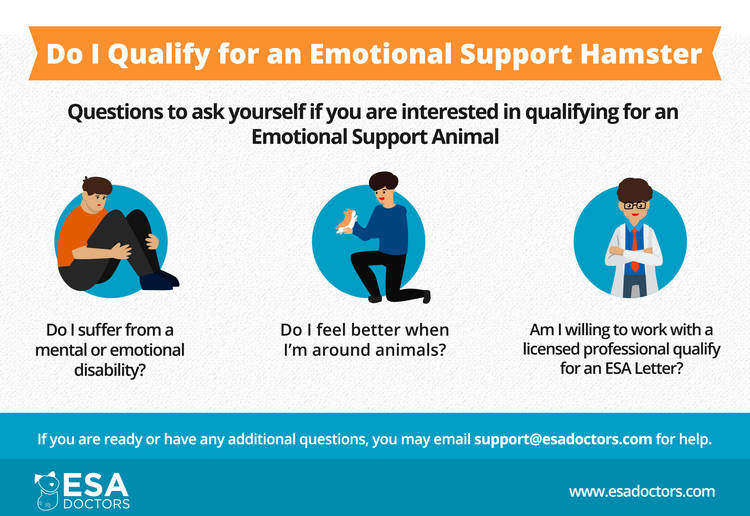
3. Chinchilla
Chinchillas look like an adorable cross between a mouse and a rabbit, with round bodies and large, mouse-like ears. Chinchillas can sit up on their hind legs, using their hands to eat. The most striking aspect about them, however, is their fur. Soft like mink and luxurious, their fur begs to be touched. The largest of all the rodents on this list, chinchillas can grow up to a foot-long—small enough for a purse but too large for a pocket.
Just like hamsters, chinchillas are nocturnal animals. However, they’re not as active as hamsters and will sit for long periods, enjoying being petted once they become accustomed to their owners. It’s best to adopt chinchillas as kits (babies) and familiarize them with humans if chinchillas are meant to function as ESAs. Adult chinchillas don’t adjust as readily to being held by humans, though they can eventually become used to cuddles with a little patience from their owner.
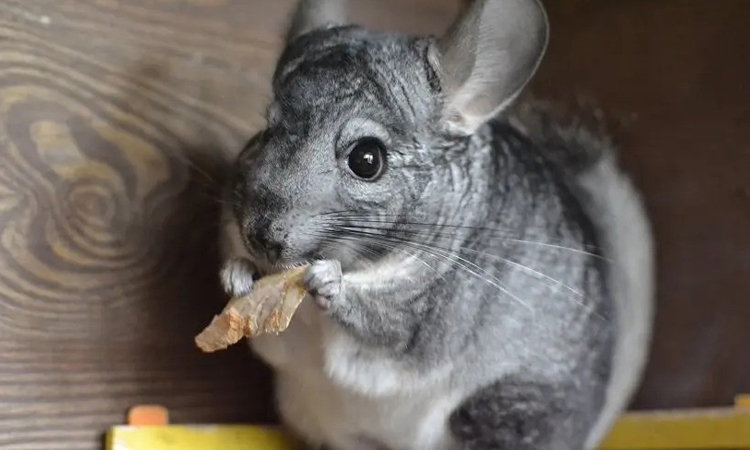
Chinchilla’s are the largest rodent on the list, but nonetheless suitable to be an emotional support animal. Guinea Pigs are affectionate and cuddly, making them the top emotional support rodent. Pet rats are highly intelligent and calm and perfect emotional support animals. The tiny, cute gerbil loves social interaction, a trait that is often an advantage for emotional support animals.
4. Gerbil
Like chinchillas, gerbils will often sit on their hind legs. Although, unlike chinchillas, they grow only about 4 inches long, minus the tail. But when it comes to personality, gerbils have it in spades. They’re very social creatures and don’t like to be alone. They prefer to have gerbil roommates and enjoy social interaction with their owners.
It may take a little time, but hand-taming a gerbil is possible because they’re so open to engaging with others. Because they startle easily, It’s important to handle a gerbil gently. Gerbils are active and, though somewhat nocturnal, stay awake for most of the day. Their silly antics are more apparent when they have an obstacle course to play with and a nest to frolic in.
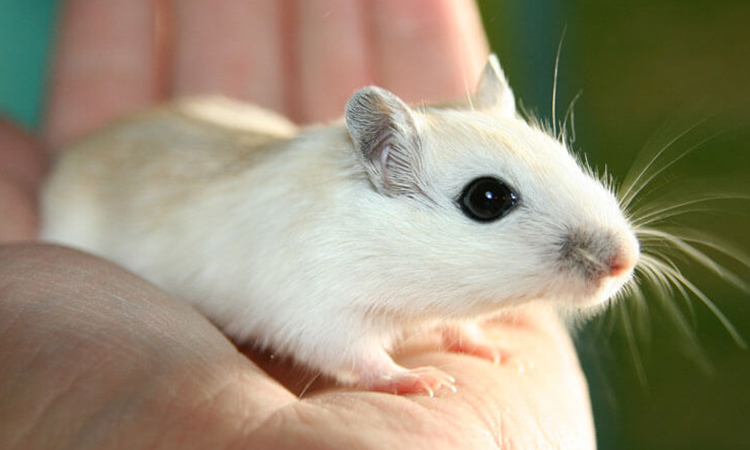
5. Rat
Rats may not be what first comes to mind as an ESA, but rats are adorable and social animals. The rats bought in pet stores are not the same as the rats found on city streets. Rats sold as pets are specifically bred to bring out their most charming traits: intelligence, sociability, and calmness.
Despite their reputation, rats bond exceptionally well with their owners and are great at keeping themselves clean. Due to their high intelligence, rats can also perform tricks, answer to their name, and, of course, run through mazes. Because they’re social animals, they prefer owners who will engage with them daily. Therefore, rats make ideal pocket ESAs.
Are Rodents Protected as Emotional Support Animals
Federal laws protect ESAs when traveling or living with their owner. Anyone looking into having any animal as an ESA can approach their licensed mental health care provider for an ESA letter, which qualifies an individual to own an emotional support animal protected by the applicable federal and state laws. A legitimate ESA letter can be issued by any licensed medical practitioner licensed in the state of residence. This can be the primary doctor or a therapist online through telemedicine.
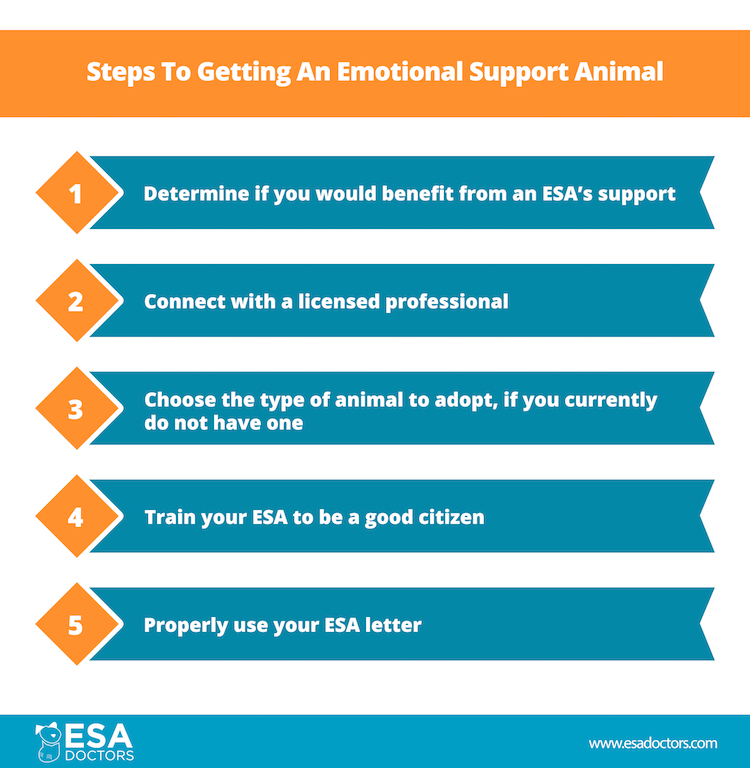
Why Rodents Make Great Emotional Support Animals
For people who want a low-maintenance (but furry) ESA, rodents are the way to go. They don’t cost much, don’t require daily walks, and don’t need a large space. They’re small, cute, and can be easily transported—even in someone’s pocket. Most importantly, despite their small stature, rodents can give the constant warmth and companionship that ESA’s provide.
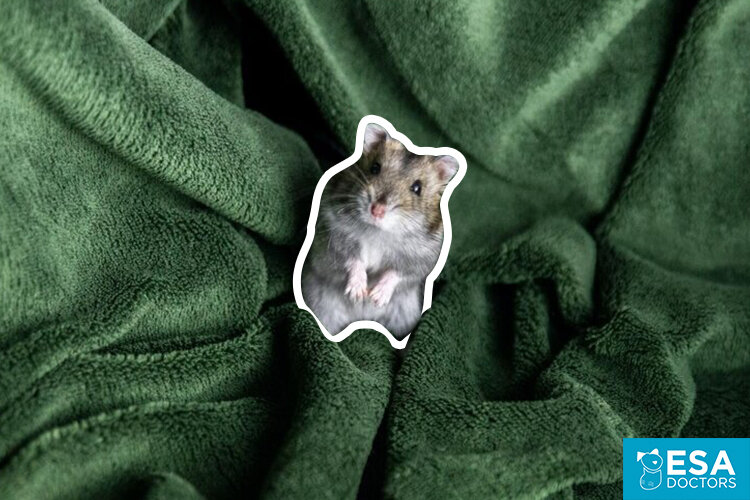

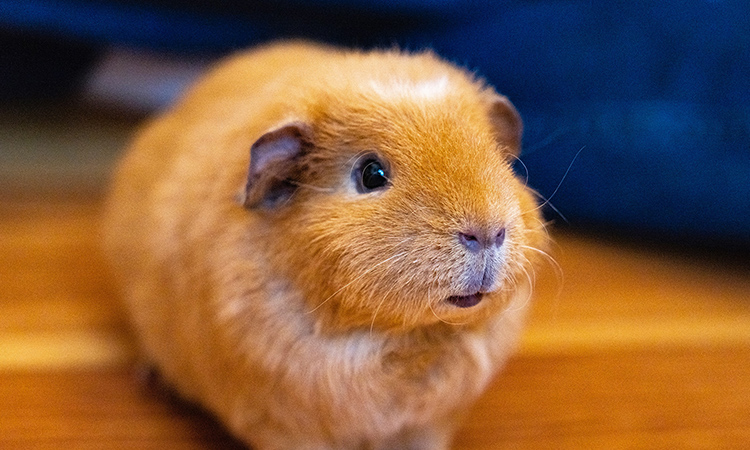




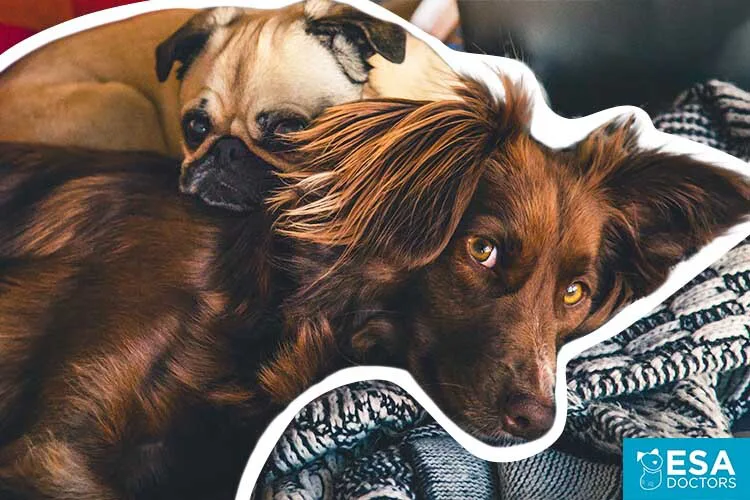
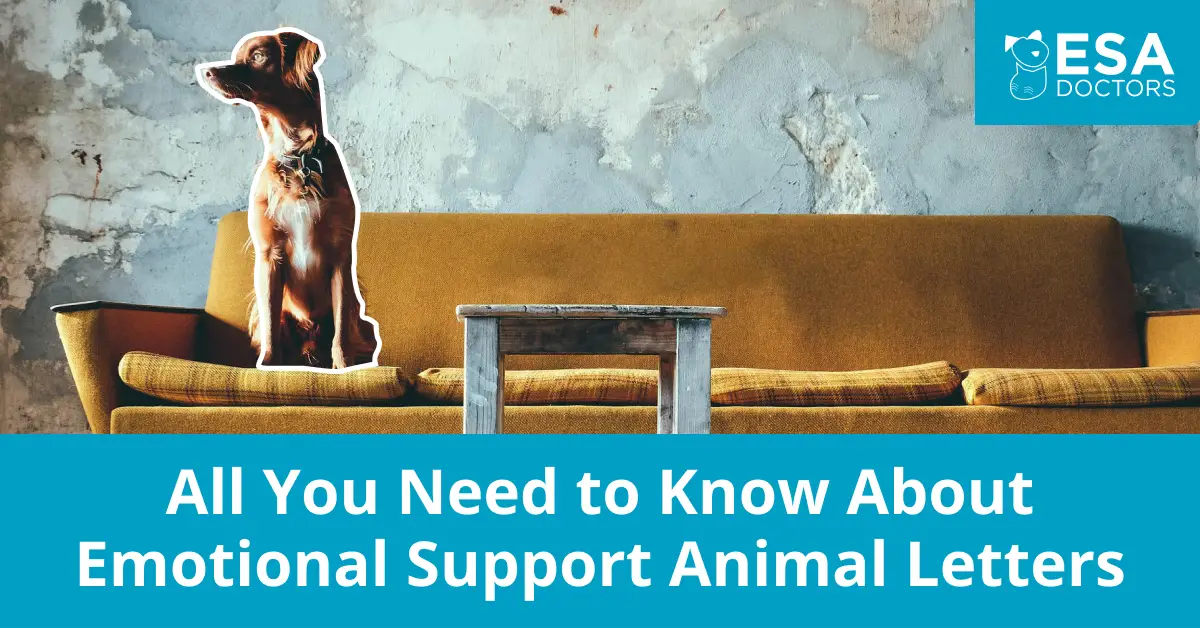
Leave a Comment